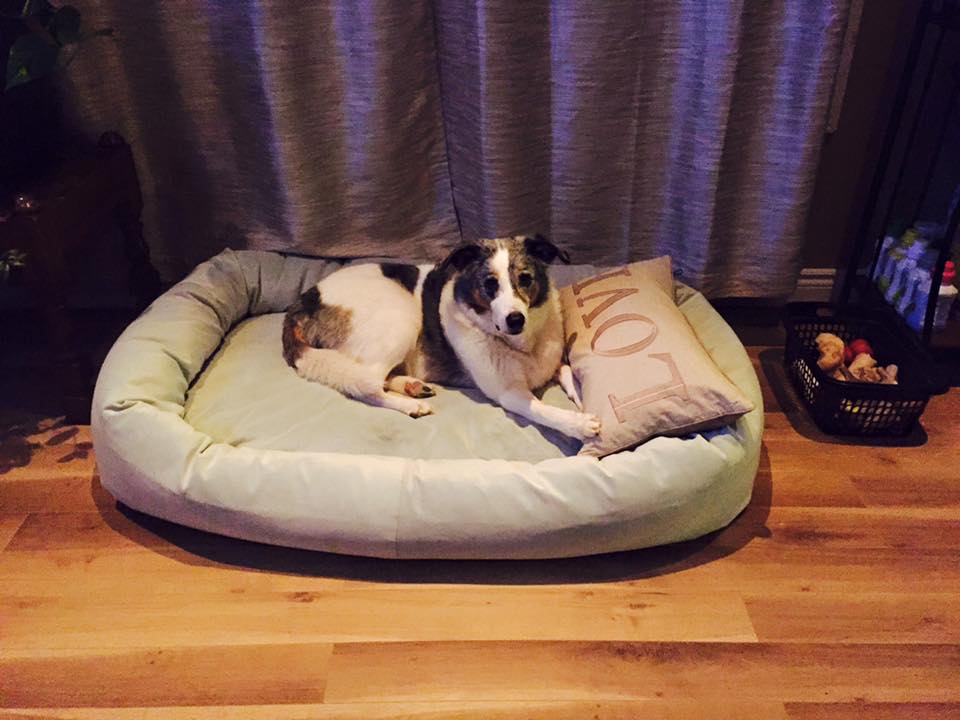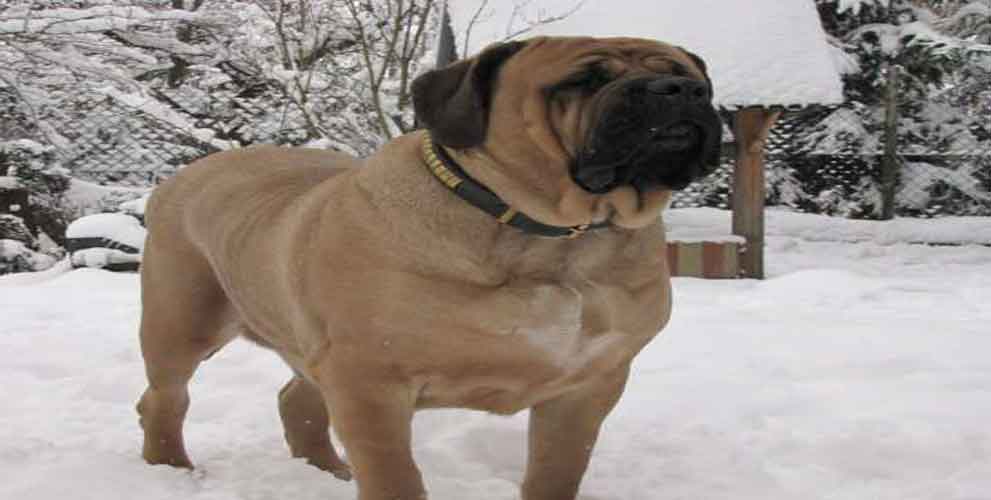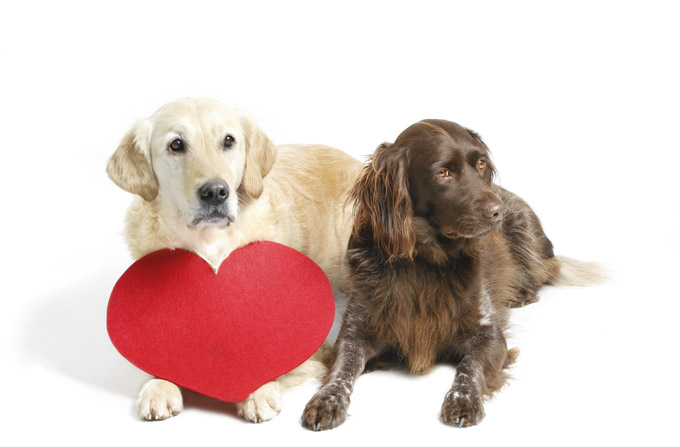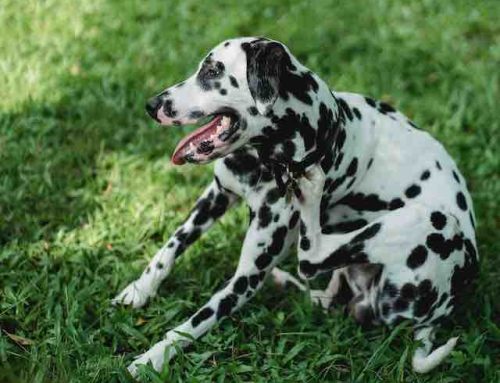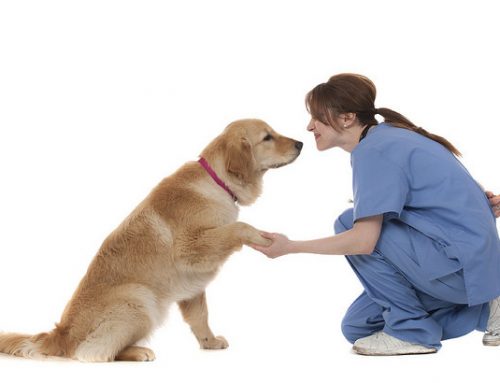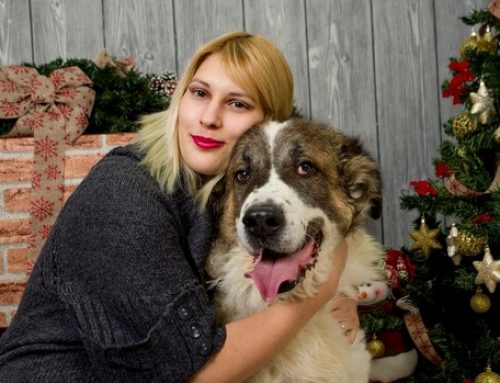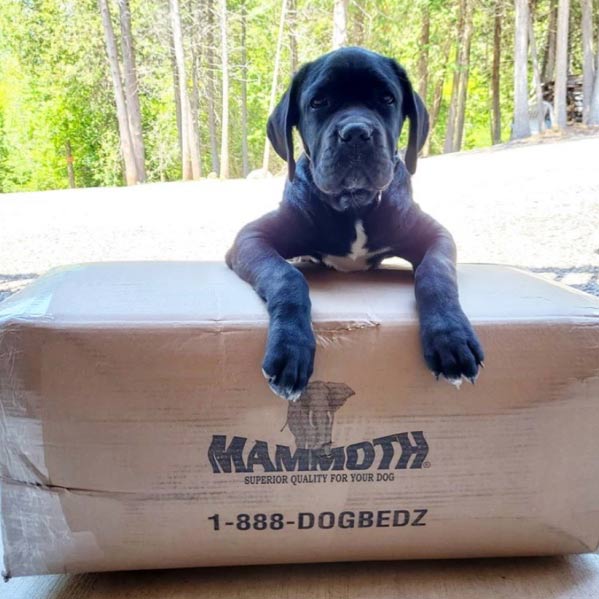Dogs With Hip Dysplasia Need An Orthopedic Dog Bed ASAP
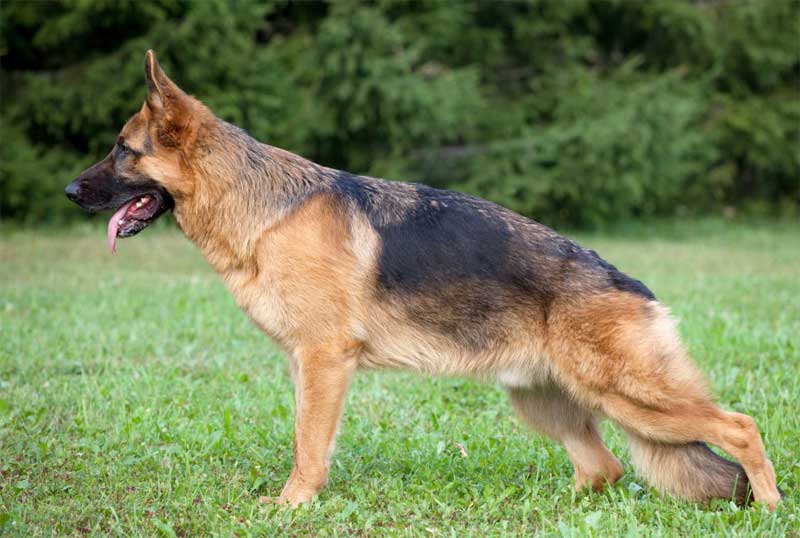
Does Your Large Dog Have Hip Problems? Time To Rethink Their Bed!
Probably owing to their greater Body Mass Index (BMI), large dogs are more prone to hip dysplasia, a fact illustrated by a comparison study, as well as many others. Your dog is never going to come busting into the room and exclaim, “My hips hurt”, which is why it’s important for owners to be vigilant for small clues. If you notice any stiffness or soreness in your dog’s actions – and trust us, these signs are going to be subtle – it’s time to rethink the way they rest. Dogs resting on the ground or on an inadequate bed are going to suffer a greater pain, and they’re road to recovery will lengthen.
First off, what is hip dysplasia? Canine dysplasia results from an abnormally formed hip joint, a loose or partial fit that leaves the femur improperly set, causing friction and wear-and-tear on the joint. The condition can be, unfortunately, self-fuelling, as the more damage is done to the joint, the less it’s able to strengthen itself against further damaging, resulting in a cycle of pain, and sometimes lameness. While dysplasia can’t be prevented, it can be treated, in extreme cases by full hip surgery, and in other cases with a mixture of diet, pain relief medication and a warm, dry, orthopedic dog bed.
Orthopedic dog beds like our large dog beds at Mammoth Outlet contain memory foam or high memory fill that creates a natural contour against the dog’s body, joints included, minimizing stress and trauma. If you’ve ever had a memory foam mattress or pillow, you’d understand the difference – because the give of the bed doesn’t throw your muscles and joints into awkward, unnatural positions, you’re able to sleep in a way that the natural curve of your body is undisturbed. It’s for this same reason that dogs love our dog beds.
But it’s still important to get the right dog bed, as not all breeds are the same. The same way you wouldn’t want to sleep, night after night, in a children’s bed, an extra large dog won’t be comfortable in a small bed. If you have an extra large dog, like an Alaskan Malamute or English Sheepdog, regardless of their hip issues you’ll want to provide them with one of our extra large dog beds immediately, as the extra room to stretch and bend is crucial to the health of their joints. And it’s doubly crucial, of course, if they suffer from hip dysplasia.
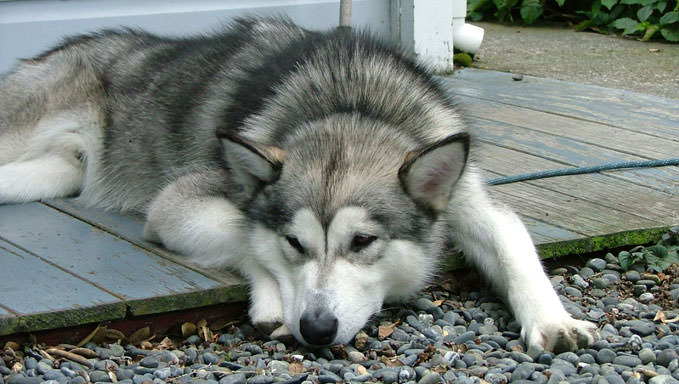
Other things you can do for your dog include massages and acupuncture, decreasing their diet if you think they’re being overfed, trying to avoid tricky manoeuvres like stairs and rocky hills, and ensuring that your dog’s living area is warm and dry. With all these things in check, as well as a Mammoth Outlet dog bed, you can effectively fight the pain that accompanies hip dysplasia.
And it’s important to note that what might look like dysplasia could also be arthritis or just general joint pain – in either case, it’s best to give your dog the gift of a comfortable orthopaedic bed this winter, which will not only alleviate their joint pain but will make their sleeps less restless. And well-rested pup is one who can give you more love and attention! If you’re curious or have questions about our dog beds, like whether they come apart or can be washed (spoiler: they can, and they can!), check out the FAQs about our large dog beds on our website.
Hip dysplasia is an unfortunately common and unavoidable affliction for many large dog breeds. But just because it’s prevalent, it doesn’t mean we can be flippant about the very real pain it causes our best friends, and that’s why, if you’ve been using the same old dog bed for a while, the one you got for cheap at the pet store when they were younger, it’s definitely time to upgrade.
about author

Mammoth has been manufacturing quality extra large dog beds since 1995 that come highly recommended.
subscribe to Our newsletter
Keep up on new events!


